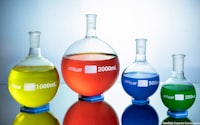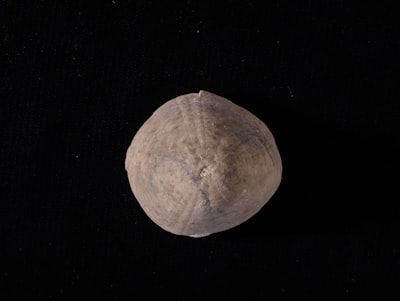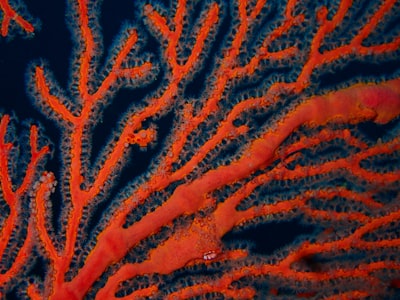Conference paper
NOx and CO Emissions of Rice Straw, Coconut Shell and Biobriket
Biobriquette can be used to anticipate the high fossil fuel needed as alternative fuel, cheap and easily obtained. Biobriquette is solid fuel and derived from organic residues. Generally, coal biobriquette making process used biomass waste such as straws, sawdust or various shell biomasses (coffee, cocoa, hazelnut, corn, cassava and jatropha waste). In this research used biomass waste from rice straw with adding the various coconut shell compositions. The compositions of rice straw: coconut shell are 50% : 50 %, 60%: 40%, 70% : 30%, 80% : 20%, 90% : 10% with 10 % tapioca adhesive addition. One of variables determined the biobriquette quality was pollution level generated in the combustion process which was Nox and CO gas. In this research obtained best quality composition of rice straw : coconut shell was 50% : 50% and had emission level for Nox gas at 3.17 mg/m3 and CO gas at 0.5 mg/m3. The biobriquette product was feasible due to the emission value were below the emission standards set for Nox ≤ 1000 mg/m3 and CO ≤ 500 mg/m3.
















































